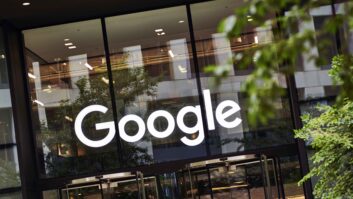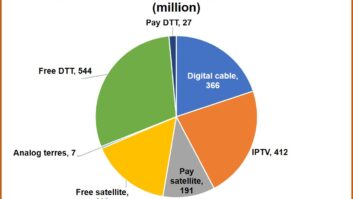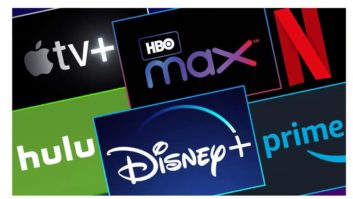2020 had a significant impact on the pay-TV industry forcing many to adapt their strategies to focus on short-term agility. However, as we become accustomed to the new landscape, long-term plans may need a fresh look due to the accelerated evolution of consumer behaviour and consumption.
Innovation will be vital to operators in this context. Whether it’s through the application of new marketing strategies, commercial bundling or even new technology deployments, innovation has a critical role to play, particularly in how content and services are distributed to consumers.
Currently, the set-top-box (STB) is still the primary mechanism through which pay-TV services are deployed, and operators view it as a means to reinforce their control of the living room. It allows them to manage the experience consumers have on their platform while collecting data that provides further information for ongoing service evolution. However, while operators are convinced that set-top boxes have a critical role to play, as discussed at the recent Talking TVkey event, it is worth noting that they believe this importance is likely to decrease over the next decade as new technologies, such as direct-to-TV solutions, including NAGRA and Samsung’s TVkey, gain wider adoption.
TVkey for example enables the operator to be at the centre of the TV experience without requiring additional hardware. What’s more, it offers exciting benefits, not only for operators but the whole value chain. One of those benefits is significantly faster and easier onboarding for operators, something HD+ in Germany has enjoyed since 2019. Removing the set-top box or CAM module from the picture not only provides the benefit of less complexity to the consumer but can also dramatically reduce the operators’ hardware bill and new routes to market seek to capture the attention of new audiences.
Additionally, for pay-TV operators, partnering with TV manufacturers with built-in direct-to-TV solutions enables them to provide their consumers with the broadest access to premium content alongside additional services that can be packaged and used as a unique selling point which adds value to their product range.
It also brings additional retail opportunities to promote these new integrated products and services through joint marketing efforts. This opportunity could be huge for early adopters of direct-to-TV technology, as they can work efficiently with manufacturers and resellers to extend their subscriber reach.
An integrated direct-to-TV solution also appeals to consumers who are increasingly using their TV set as the main hub through which to access their various content services. Installed during the set-up of a new TV, and perhaps with consumers enticed by a promotional offer, installing a pay-TV operator’s service now becomes as easy as a channel scan. Delivering easy access to content through a single device and one remote, an operator–branded user interface provides a near-identical experience to that of a set-top box.
There are however important considerations for operators, including the partners they work with to ensure the project remains financially viable. Picking the right manufacturer will be a crucial decision, especially when integrating the necessary platforms and frameworks that will enable the operator to control the user experience. As the technology is increasingly adopted, operators will likely run direct-to-TV solutions alongside their set-top box solutions in a mixed model. To justify the investment, operators will need a strategy in place to acquire a certain percentage of subscribers through the service versus the known-but capex intensive-approach, that uses set-top boxes.
Direct-to-TV technology has the potential to positively disrupt the pay-TV industry, creating benefits for every stakeholder in the value chain. However, it will require broad and successful partnerships for the benefits to truly come to fruition across the whole industry. While set-top boxes remain a key part of the existing pay-TV ecosystem, the signs are that having a virtualised box integrated within TV sets is not as far off as many might think–a pay-TV world beyond the set-top box might finally beckon.







